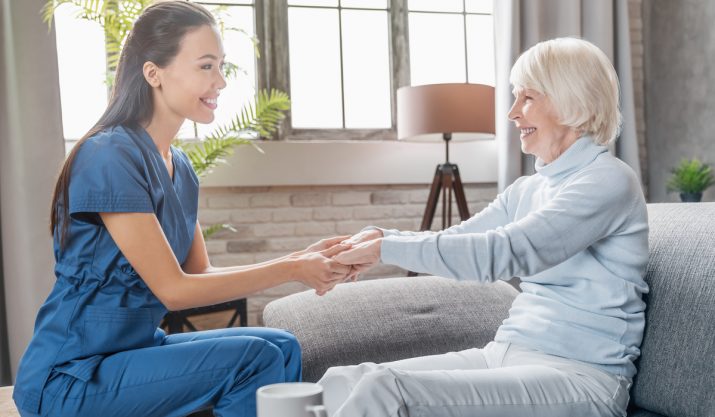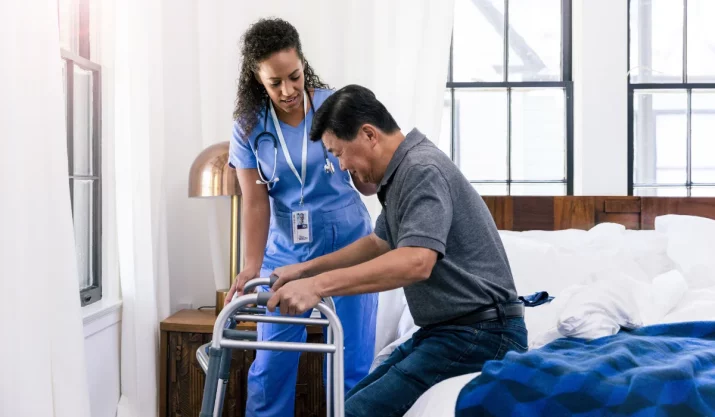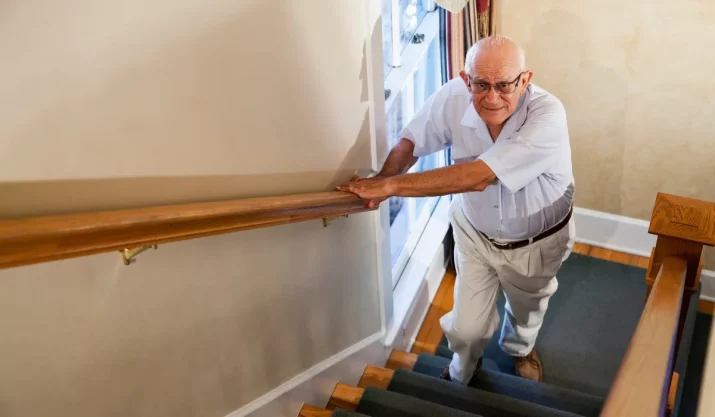Elderly Fall Recovery: How Long Does It Take and What to Expect
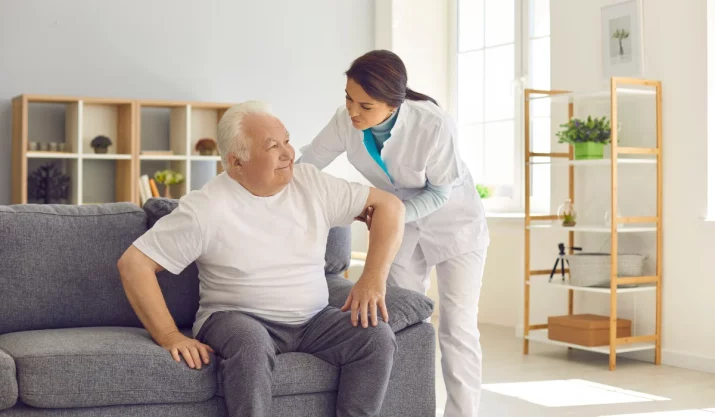
Table of Contents
Falls are the leading cause of injuries for older adults. In many California homes, tripping hazards like uneven walkways, stairs, or loose rugs can increase the risk of falls.
If a loved one recently had a fall, you may be asking: How long does it take to recover, and what happens during that time?
This article explains how long the recovery process can take for an elderly person after a fall, what to expect during healing, and how you can help prevent future falls.
Key Takeaways
- A fall can cause serious injury in older adults and often leads to a long and careful recovery.
- The healing time depends on the injury, but many people need therapy, checkups, and daily support.
- Recovery includes medical visits, strength exercises, emotional care, and home updates to avoid future falls.
- California Mobility offers stair lifts, elevators, and ramps to help older adults stay safe in their homes.
How Long Does Elderly Fall Recovery Take?
The time it takes to heal depends on the injury, age, overall health, and how quickly someone gets medical attention. For older people, even a small fall can cause serious injuries, like hip fractures, broken bones, or head injuries.
Here’s a closer look at how long different types of injuries can take to heal.
Minor Bruising or Sprains: 1–3 Weeks
If your elderly loved one has a bruise or a mild sprain, they may feel better in just a few weeks. But doctors should still check for hidden problems like head trauma or low blood pressure.
Fractures or Broken Bones: 6–12 Weeks
Broken bones, especially in the arm or leg, can take up to three months to heal. Hip fractures are more serious and often need surgery. In California, many clinics offer in-home services, making it easier for people who can’t travel.
Head Injuries or Traumatic Brain Injury: Several Months to a Year
If a fall causes head injuries or a traumatic brain injury, the recovery will likely take months. This is even more true for people with other health issues like Parkinson’s disease or osteoporosis.
In some cases, loss of consciousness after a fall can also signal a more serious problem.
What to Expect During Recovery
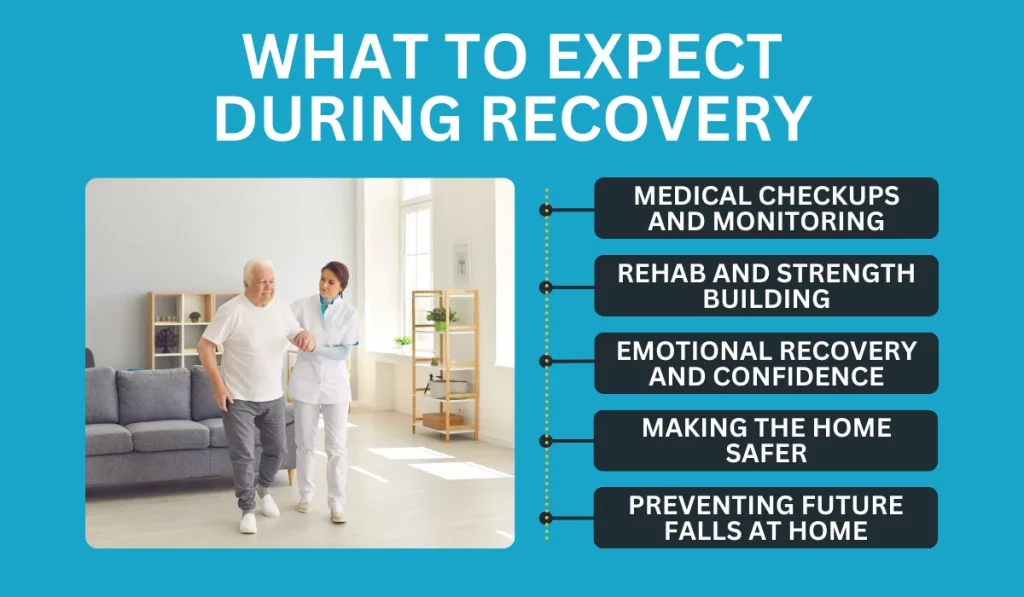
Recovering from a fall involves more than just healing a bruise or a fracture. Here’s what you can typically expect:
Medical Checkups and Monitoring
Every fall should be taken seriously. The Centers for Disease Control and Prevention (CDC) says one in five falls causes a serious injury, such as broken bones or a head injury.
Doctors will check for pain, changes in blood pressure, low vitamin D levels, and any healthcare needs that could affect healing.
Rehab and Strength Building
Most elderly individuals work with both a physical therapist and an occupational therapist during recovery.
Physical therapy helps improve balance and build muscle strength, while occupational therapy focuses on daily activities like getting dressed, bathing, or preparing meals.
Emotional Recovery and Confidence
The fear of falling again is common and can cause someone to avoid walking or standing up. This can slow healing and lead to more weakness.
Exercises like tai chi are gentle but effective for improving balance and confidence. Community programs across California offer beginner-friendly classes just for older adults.
Making the Home Safer
Helping someone recover safely means making changes at home. Install grab bars in the bathroom, check that handrails on stairs are sturdy, and fix any uneven flooring.
In multi-level homes, stair lifts or home elevators can be a safer option than using stairs. These changes lower the chance of future falls and help your loved one feel more secure.
Preventing Future Falls at Home
Once someone recovers, keeping them safe becomes the next goal. Review the home for tripping hazards, make sure walkways are clear, and remove loose rugs.
Encourage them to stay active and get regular checkups. This includes checking blood pressure, bone density (to watch for osteoporosis), and their need for vitamin D or mobility aids.
Family members and caregivers play a key role in fall prevention. Your help and support make it easier for your loved one to heal and stay safe.
Support Your Loved One’s Recovery With Help From California Mobility
If someone you love is recovering from a fall or you’re trying to lower their fall risk, California Mobility can help. We offer home elevators, stair lifts, and ramps designed for California homes. Our products help elderly individuals move safely and stay independent at home.
Talk to our team about customizing your home for safer aging.




